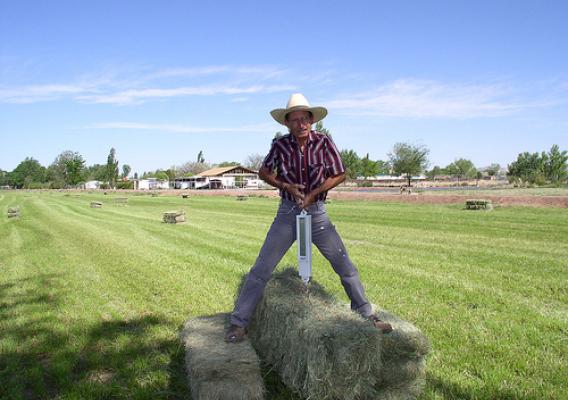For thousands of families and communities along the US/Mexico border, USDA Rural Development (RD) has provided help…and hope.
Over the past four years we have invested more than $1.2 billion dollars in Colonias in Arizona, California, New Mexico, and Texas—financing a range of projects from clinics and hospitals to water and waste water systems, from state-of-the-art energy-saving photovoltaic solar energy systems to child care centers, from local rural businesses to food banks.
Colonias are neighborhoods or communities within 150 miles of the U.S./Mexico border that are economically distressed. For many the basic infrastructure that most Americans take for granted is non-existent. Such was the case on the Tohono O’odham Nation in southern Arizona. Most of the homesites on this sprawling reservation are miles from the nearest water/waste water infrastructure. Homes were built years ago without indoor plumbing…and the hope of adding sanitary facilities was stymied by the lack of access to treatment facilities.









